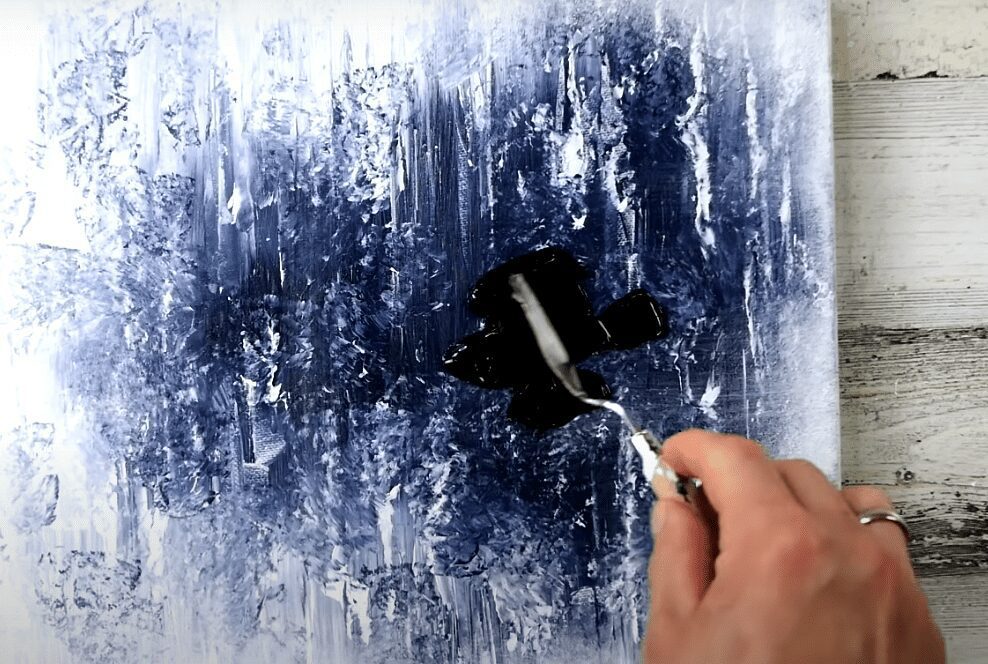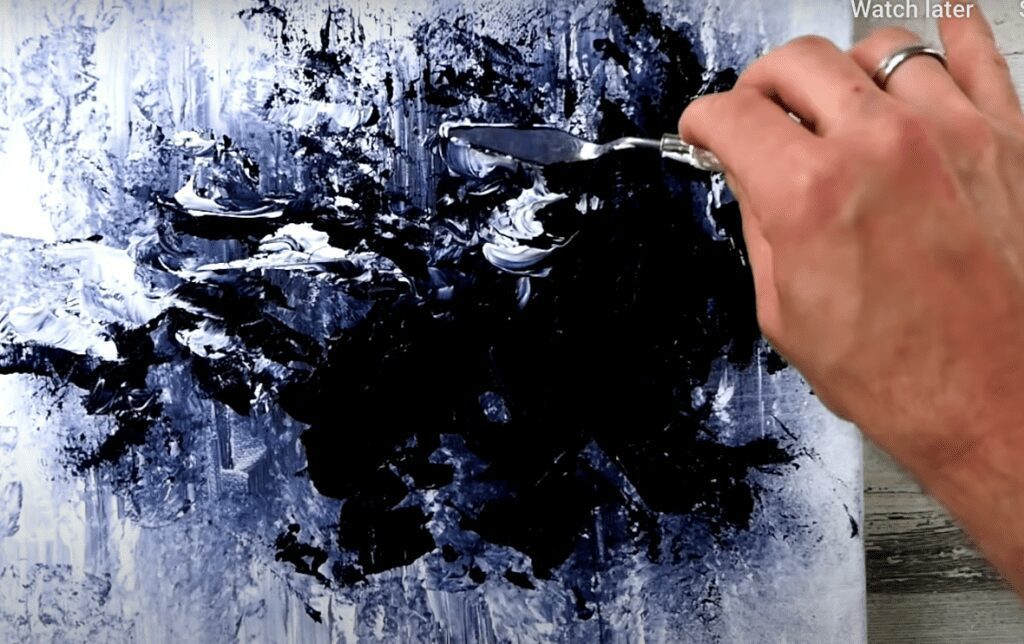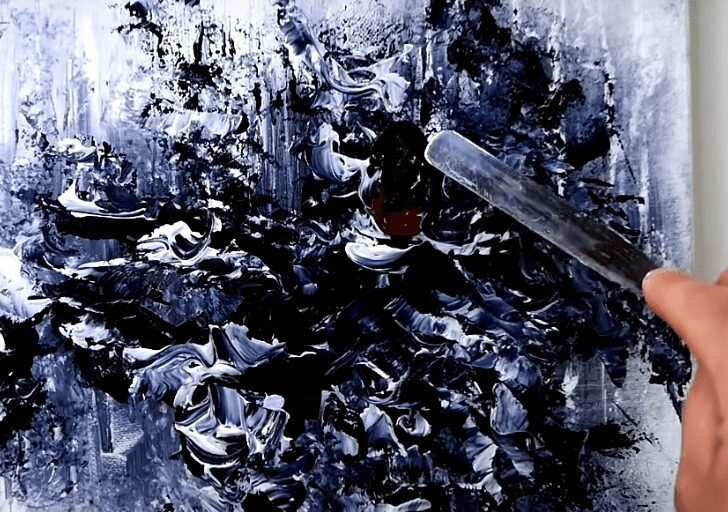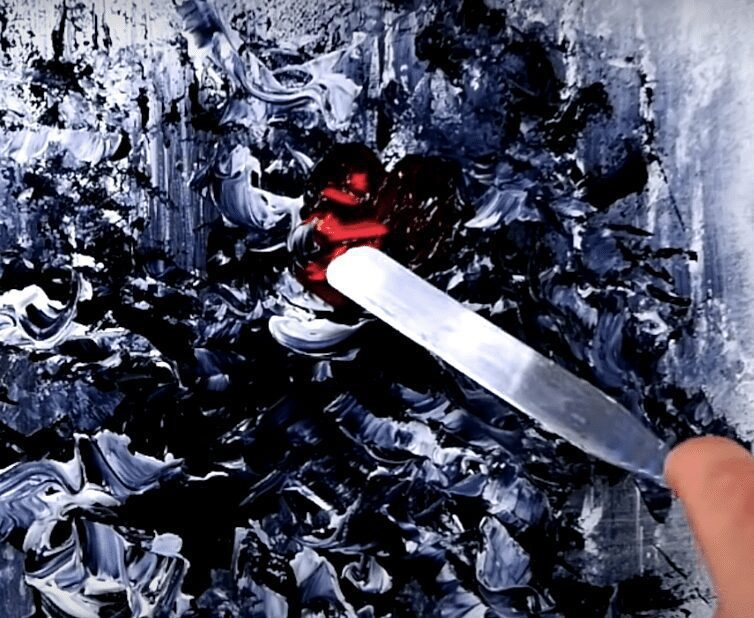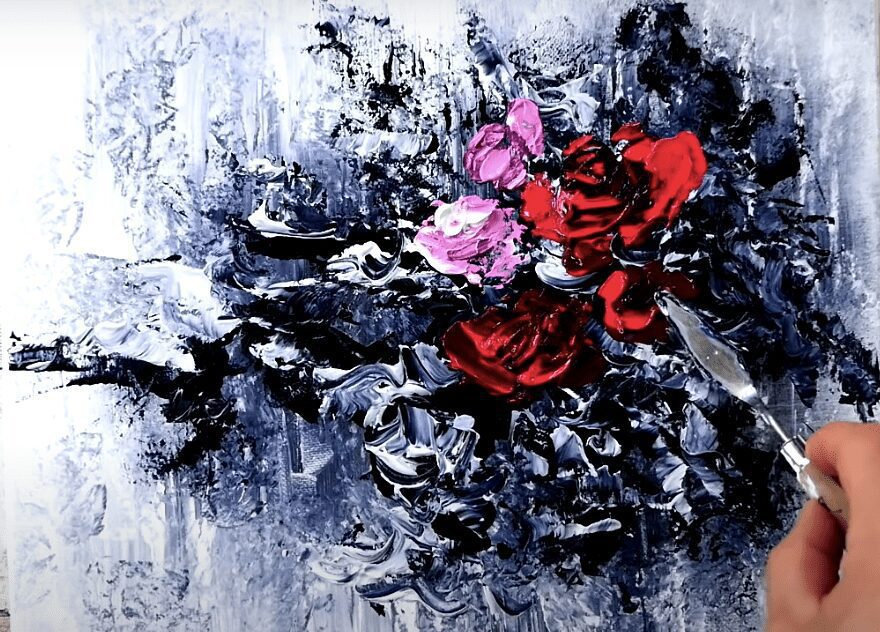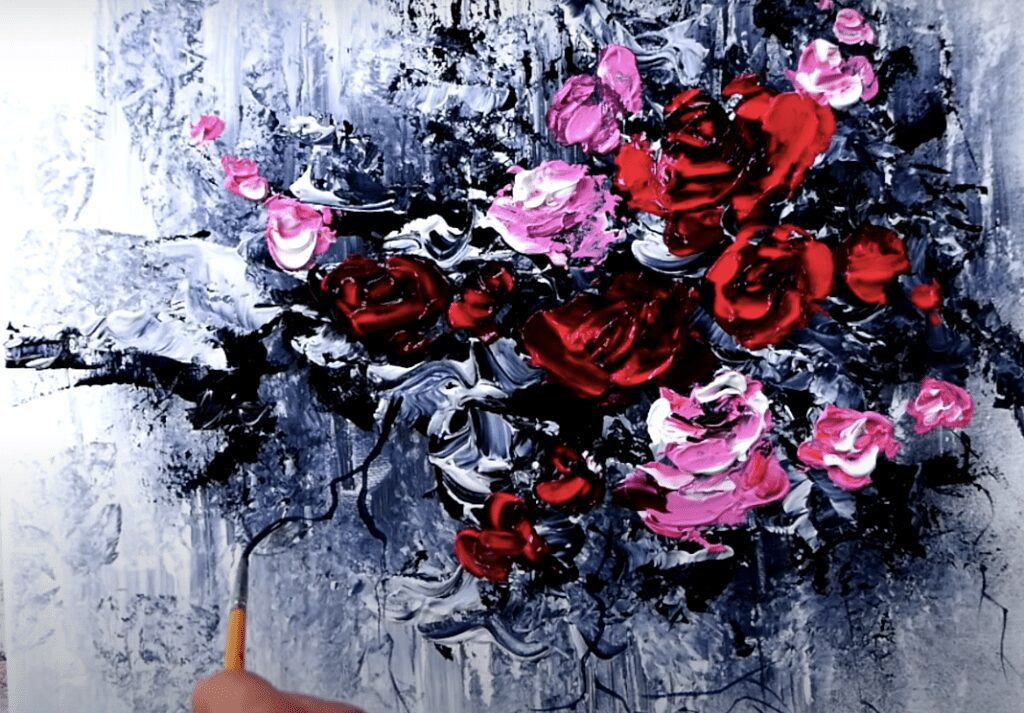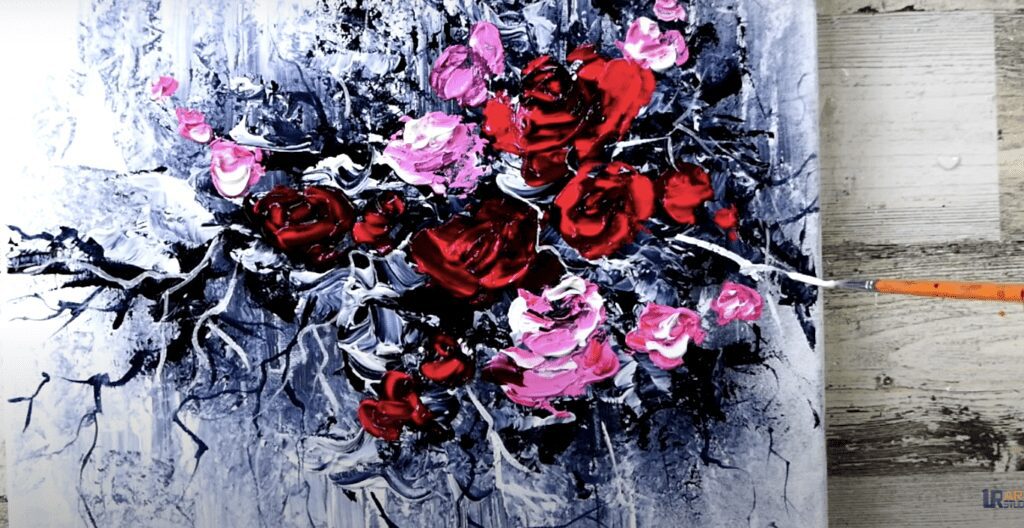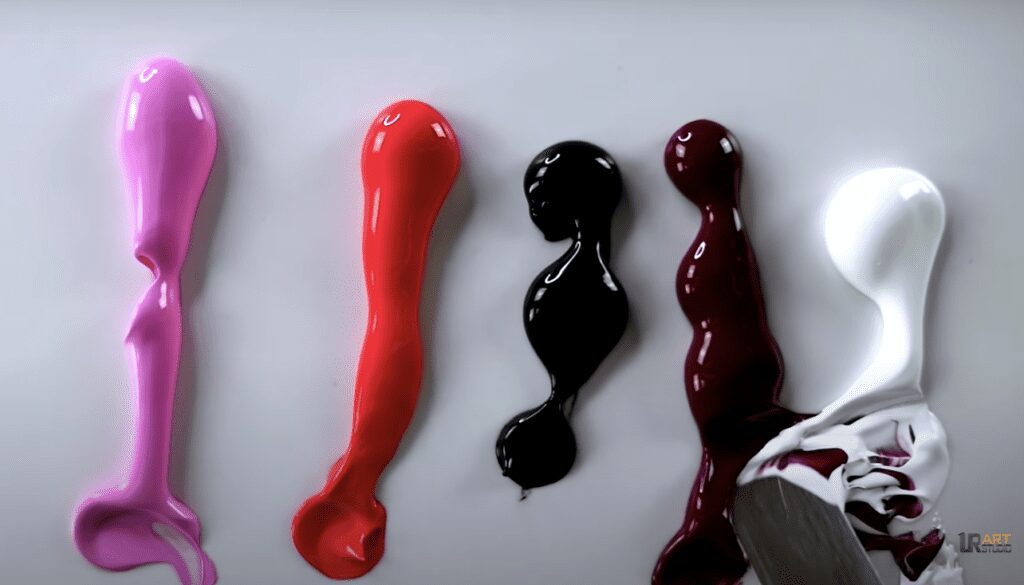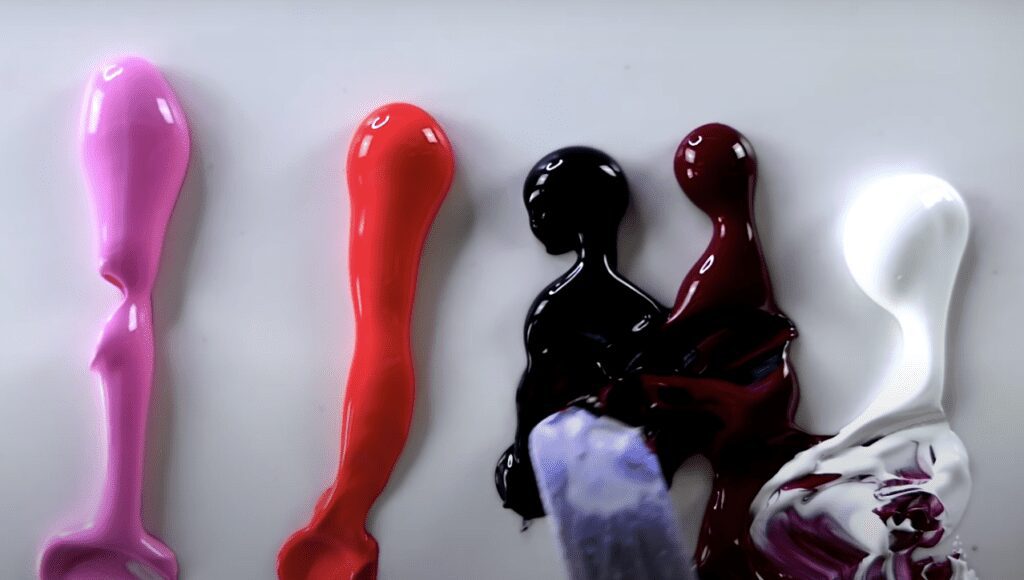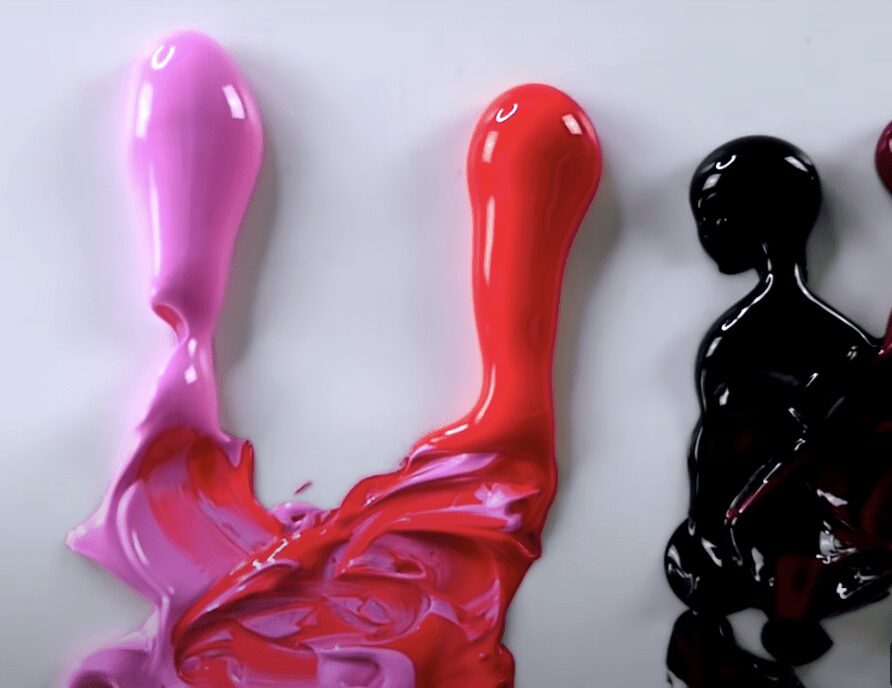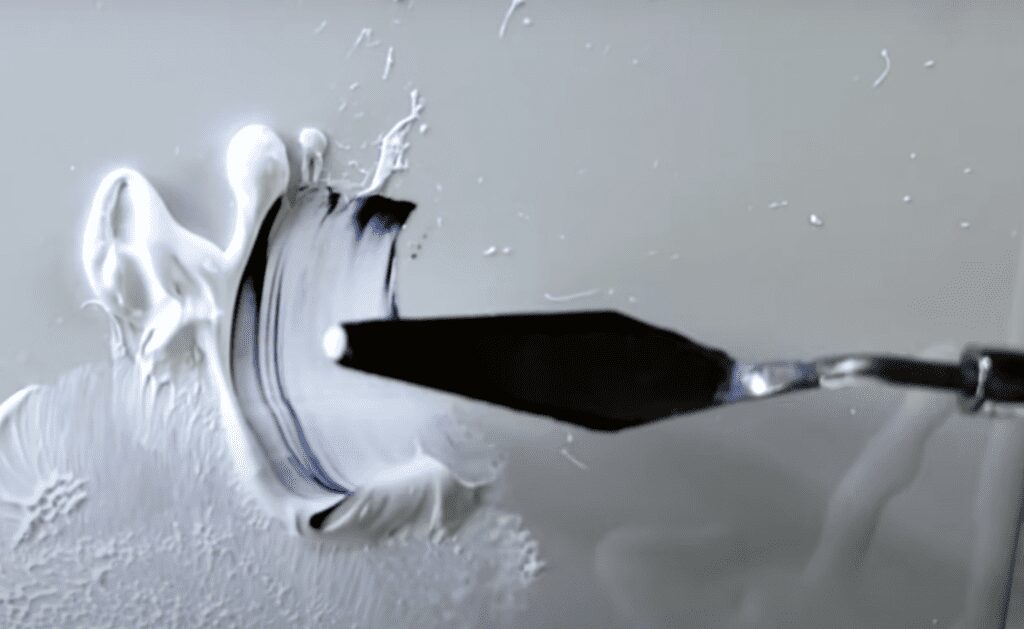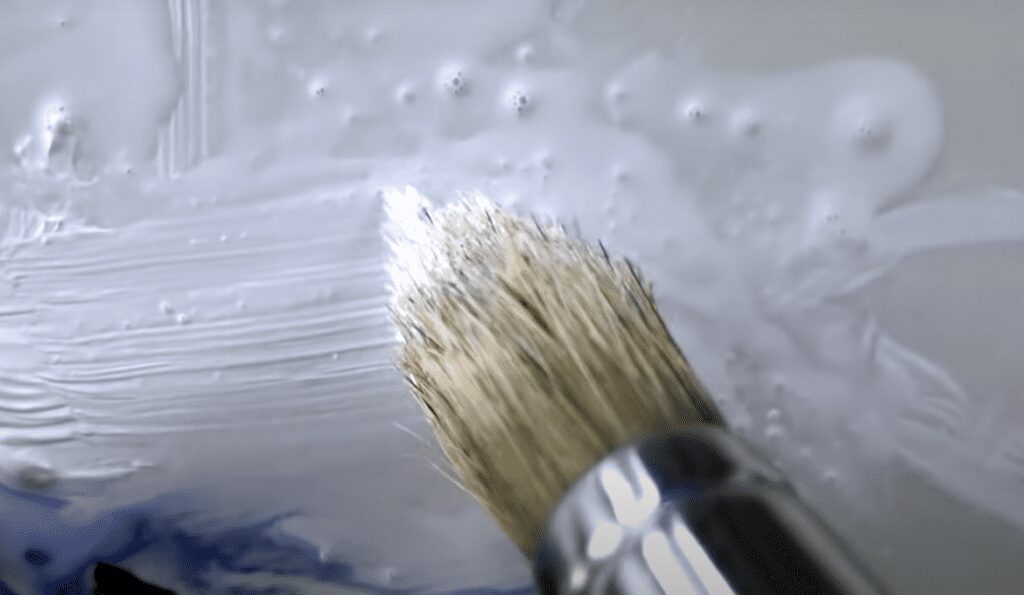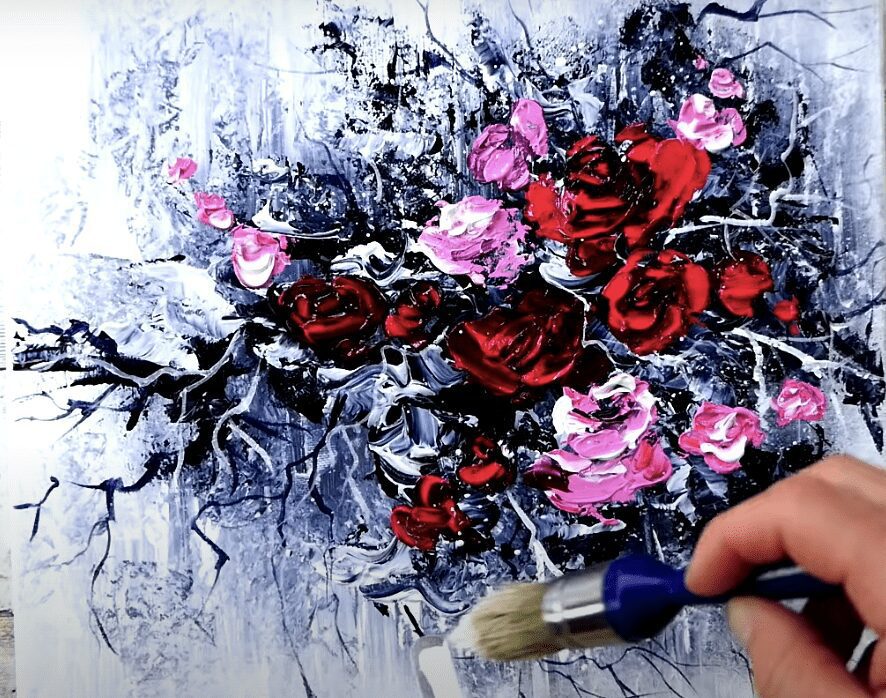- The palette knife is a highly versatile tool. It can be employed in many ways to create captivating textures with acrylic paint. Beyond its conventional use for mixing colors, the palette knife can also achieve unique visual effects.
- Firstly, by dragging the knife forcefully across the canvas, artists can create rough, jagged textures that evoke a sense of raw energy.
- Secondly, by applying paint with a gentle, scraping motion, the palette knife can produce thin, delicate lines, perfect for rendering intricate details.
- Additionally, dabbing the paint with the flat side of the knife can create a stippled effect, adding depth and interest to the artwork.
- Fourthly, artists can experiment by layering multiple lines or strokes of different colors, creating an abstract and dynamic texture.
- Lastly, using the knife’s edge, painters can scrape away layers of paint, revealing underlying colors and creating an aged, weathered appearance.
- With these techniques, artists can harness the palette knife’s potential to add depth, dimension, and visual interest to their acrylic paintings.
In this painting below, I will create an abstract representation of roses, employing a palette knife. This artistic choice intends to capture the essence and beauty of these beloved flowers in a unique and expressive manner. Using a palette knife, I can achieve textured brushstrokes and dynamic color movements, adding depth and dimension to the overall composition. Through its abstract interpretation, this painting aims to evoke emotions and provoke thought, inviting viewers to explore the intricate layers and symbolism within the art piece.
- Initially, you must establish a background using plastic wrap, incorporating black and white colors.
- Once the background is prepared, decide on the colors you wish to employ. For the roses, I opted for crimson red, prime red, pink, black, and white.
- You can enhance the range of colors by blending them, as demonstrated in the accompanying screenshots.
- Load your palette knife by scooping the desired color and fashioning your exquisite rose.
- When crafting the roses, leave sufficient space between each petal.
- Repeat these steps for each rose, varying the colors and sizes as desired.
- To add some flair to the painting, utilize a #0 liner brush to introduce curving lines around the bouquet of roses.
- Lastly, sprinkle some white paint using a loaded oval brush to enhance the overall composition further.
